Ethernet Splitter vs Switch: Which One Is a Perfect Fit for You
Table of content
Introduction:
When it comes to increasing the number of Ethernet connections, the best options available are an Ethernet splitter and switch. An Ethernet splitter can increase the number of connections through Ethernet wires without needing external wires. At the same time, you can connect multiple devices, nearly 50 in some cases, to a single switch. But what are the differences between Ethernet splitter vs switch? Which one is the best option for you? How do you choose one from them? We are going to address all these important queries in this blog.
What Is An Ethernet Splitter?

An ethernet splitter is a small networking device that doubles a single network connection when needed. It functions comprehensively and simply. Having three ports, two on one side and one on the other, it uses an RJ45 connector to link two computers to a single network at the same time. The worth-noting part of an ethernet switch is it can facilitate only two cables at once because it is 100BASE-T standard.
What Is An Ethernet Switch?

An ethernet switch is a networking device that connects a number of devices on a LAN at the same time. Its primary function is to receive, process, and forward data to the exact destination using packet switching. At its core, an ethernet switch creates a smooth and direct link between connected devices for transmitting data efficiently. It is responsible for establishing long-term efficient communication between devices at the same time.
What is an Ethernet Hub?
An ethernet hub is an abandoned networking device that finds no room in modern networking environments. It functions like an ethernet switch and receives, processes, and forwards data to the next destination. However, it cannot recognize the intended device to which the data packet is destined. Therefore, other devices receive data packets unnecessarily, which creates disruptions.
Ethernet Switch vs Splitter: How Do They Work?

Working Of An Ethernet Splitter:
One-To-Two Nature: An ethernet splitter takes only input and reciprocates it into two ethernet connections. At the same time, only two devices can connect to the network using an ethernet splitter. Let’s understand its working quickly:
Physical Layer Gadget: Since an ethernet switch performs at the physical layer of the OSI model, it cannot interpret data or target the destined device. It simply doubles a connection and supplies receiving data packets to the connected devices simultaneously.
Dividing Connection and Speed: As the name implies, an ethernet splitter splits a connection. As a result, the original speed decreases by half. For instance, if the actual speed is 100 Mbps, each device will receive 50 Mbps as the splitter has divided the connections.
Demands A Pair: Ethernet splitter always needs a pair to function. It uses a pair at the source of the connection and another at the end where two devices are linked. It will not work if there is no pair.
Working of An Ethernet Switch:
Receives Packets: An ethernet switch works at the data link layer of the OSI model, where it receives incoming data packets. Then, it starts processing these packets to send them to the next destination.
Identifies Data: The ethernet frame contains the source MAC address and destination MAC address that help identify which device data packets should be sent to. An ethernet switch reads, processes, and identifies data after receiving it to know its source and destination.
Sends Packets: After processing and identifying the exact destination, the ethernet switch sends data packets to the device it is destined to.
Why To Use An Ethernet Switch:
Efficiency and Advancement: When it comes to ‘Ethernet Splitter vs Switch’, most large-size enterprises and businesses prefer ethernet switches over splitters. An ethernet switch offers intelligent data transmission and routing devices. It is able to connect almost 50 devices at the same time, ensuring high-speed, hurdle-free, and satisfactory communication between devices.
Scalability: Scalability is not something to be put in the back corner when it comes to advanced businesses. An ethernet switch comes with a number of configuration options ranging from a few to multiple ports to scale any size of business easily. You can pick up an ethernet switch from ‘Ethernet splitter vs switch’ if your business needs scalability.
Why To Use An Ethernet Splitter:
Simple Management: Ethernet splitters are suitable for small setups where simplicity and easy-to-go devices rock. You don’t need to add any hardware gadgets to make an ethernet switch work. It functions intelligibly and simply.
Cost-Effectiveness: Small businesses are said to be budget-conscious. So, their solution lies in using a budget-friendly and affordable ethernet splitter. It is needed where you don’t want advanced features like scalability and management.
Ethernet Splitter vs Switch: Why To Consider Them?
It is expected to face problems when connecting various devices to a single internet. The situation takes a turn for the worse when you have to run a business application and you don’t have a way to connect all these devices simultaneously. This is where an ethernet splitter and ethernet switch jump in. An ethernet switch helps connect different LANs, where it transmits data through MAC addresses. At the same time, an ethernet switch is a small networking gadget that splits a single connection.
Ethernet Splitter VS Switch: What Makes Sense To You:
- An ethernet switch connects various devices at the same time because of multiple protocols and port inputs.
- The splitter has three ports capable of connecting only two devices at a time.
- Ethernet switches are a bit expensive in contrast to ethernet splitters.
- Ethernet switches require electricity, whereas ethernet splitters don’t.
- Ethernet switches are capable of handling many devices at a time, whereas a splitter can handle only two.
Ethernet Splitter vs Switch: A Quick Comparison:
| Factor | Ethernet Splitter | Ethernet Switch |
|
Functionality |
Splits the connection to double | Actively manages data packets across multiple ports. |
|
Speed |
Limited to 100 Mbps for both devices | Can support 10/100/1000 Mbps (Gigabit) per port |
|
Port Management |
Physical splitting, no advanced management | Intelligent management with support for VLANs, QoS, etc. |
|
Use Cases |
Small setups where scalability and other features are not required | Office networks, large-scale businesses and enterprises |
|
Power Demands |
Demands no external power |
Requires external power, i.e. electricity, to function. |
|
Cost |
Low cost, much cheaper than switches | More expensive due to additional features and functionality. |
|
Scalability |
No scalability, restricted to the number of splits. | Highly scalable with varying numbers of ports available. |
|
Performance |
Not extraordinary because of shared bandwidth. | Optimizes performance with advanced traffic management features. |
|
Suitable For |
Small setups with minimal devices. | Complex networks with multiple devices and high-speed requirements. |
How To Choose From Ethernet Splitter vs Switch:
You need an ethernet splitter or switch; you need to consider your requirements, business scale, and budget. Once you finish that, you will get a clear idea about the best from ‘Ethernet Splitter vs Switch’. You don’t need to go anywhere else; look at the table given above, and everything is crystal clear to you.
Conclusion:
Ethernet splitter and switches have become a permanent part of networking since businesses keep growing day by day. Ethernet splitter vs switch interests almost every network administrator since choosing between both is a tough and technical process. However, the process is no longer rocket science after going through this blog. We encourage you to keep visiting us for more informative and research-driven blogs.
Frequently Asked Questions:
What is better, a switch or a splitter?
A switch is better than a splitter as it manages network traffic and a number of devices simultaneously. Additionally, it provides a bandwidth of up to 10/100/1000 Mbps (Gigabit) per port and advanced features for larger network setups.
Why does an ethernet splitter reduce speed?
Ethernet splitters do not slow down the speed in every scenario. But if you install a splitter in between when your router has a speed of 1Gbps, then the splitter will cause speed limitation.
Is an ethernet splitter suitable for every networking environment?
No, ethernet splitters are not supposed to deploy in every situation. In a broad survey, it is concluded that an ethernet splitter can limit the speed to only 100 Mbps from 1000 Mbps. Therefore, it is not a good choice for everyone.
How can I choose between ‘Ethernet Splitter vs Switch’?
To choose between an ethernet splitter vs a switch, you have to be clear about the features and benefits you want to enjoy. It is necessary to determine how many devices you need to connect and which rate of bandwidth will work for you.
Does Ethernet splitter reduce speed?
As the name suggests, it splits a single Ethernet connection into multiple connections. As a result, it reduces the speed. For instance, if the original speed is 100 Mbps, every device will receive 50 Mbps because the splitter has distributed it into two connections.




 Catalog
Catalog

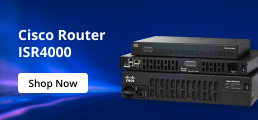

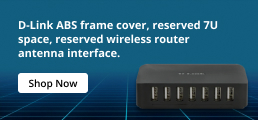
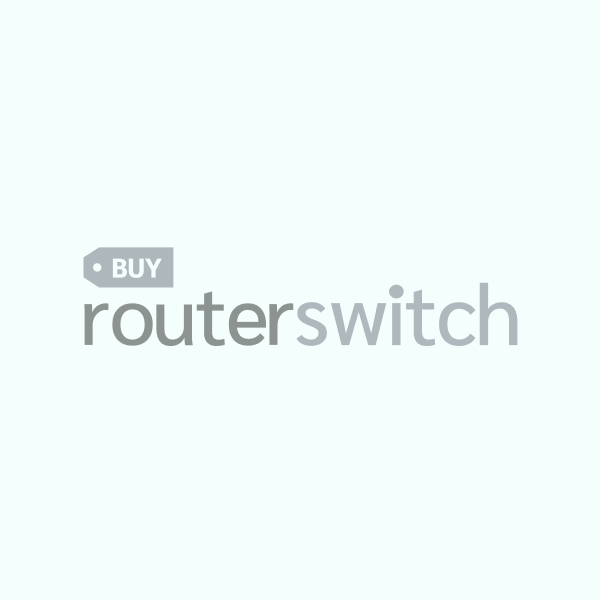
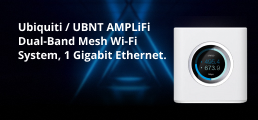


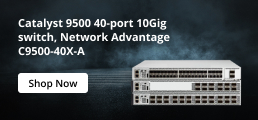
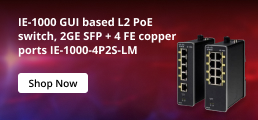

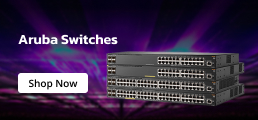

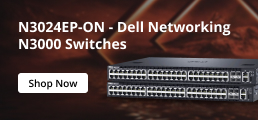

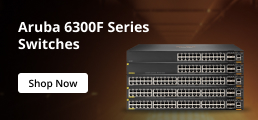
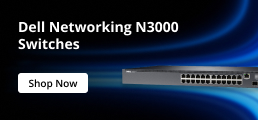











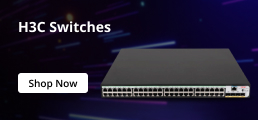


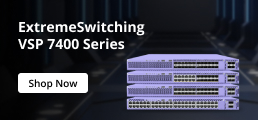


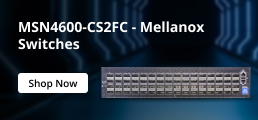









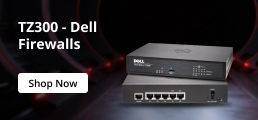



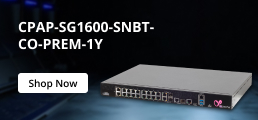
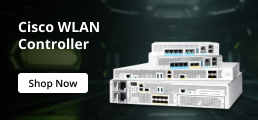









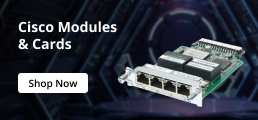
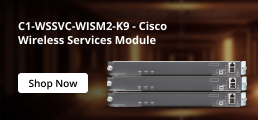




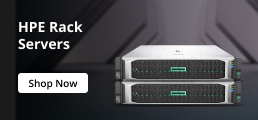
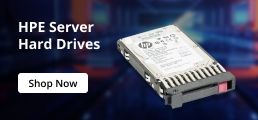




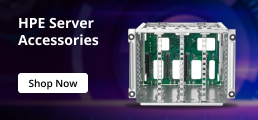
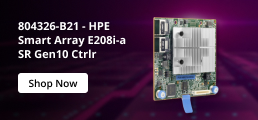

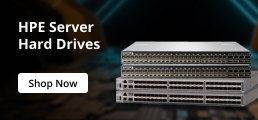

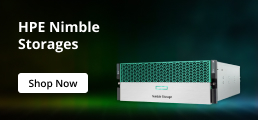
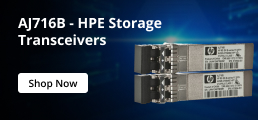




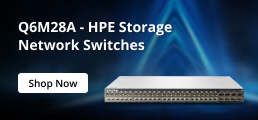

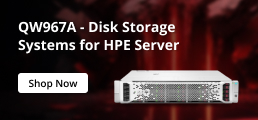
























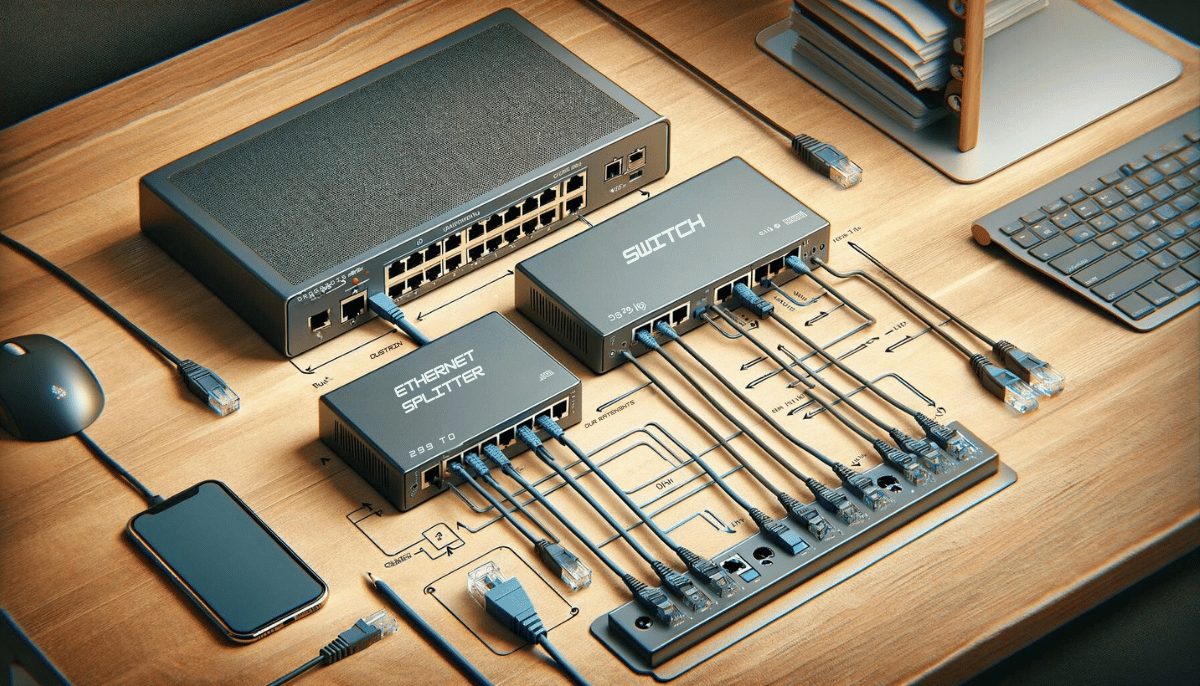
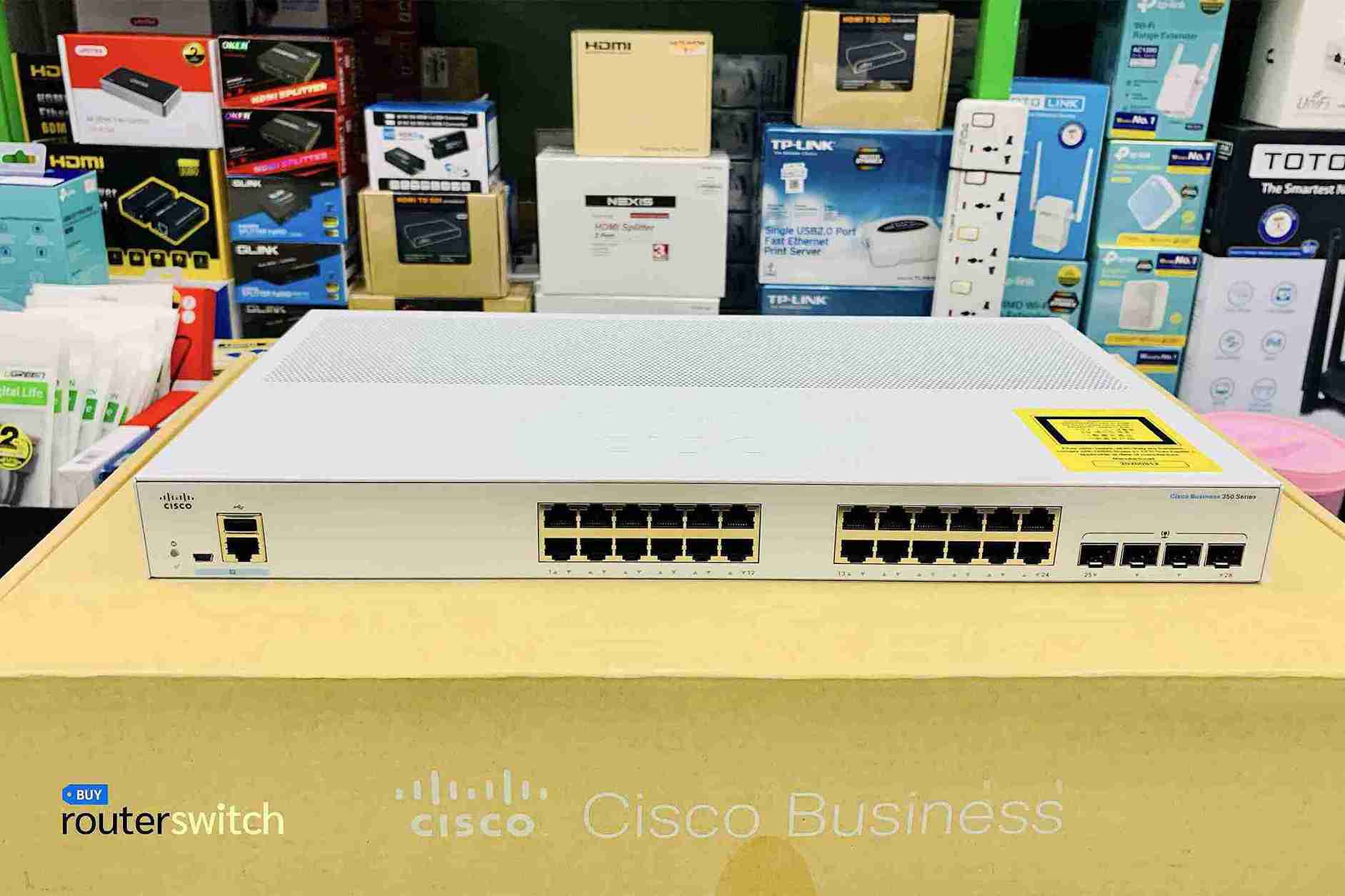
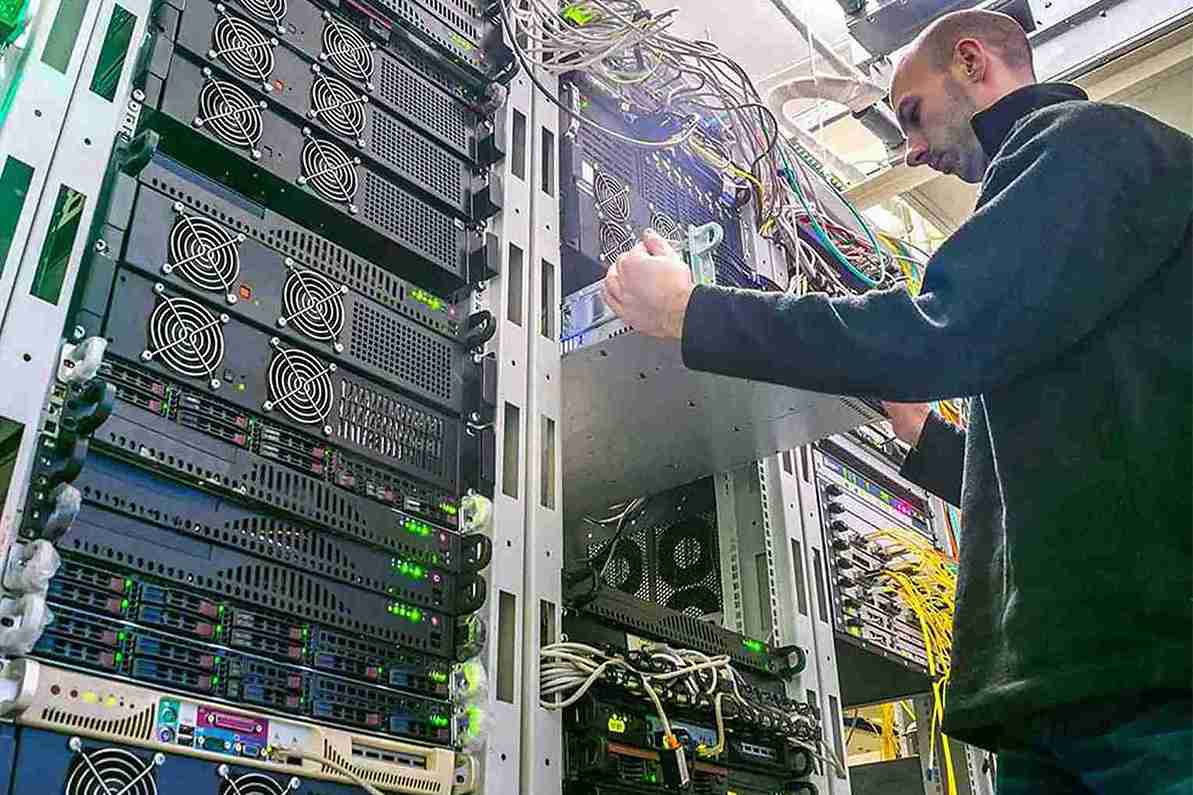
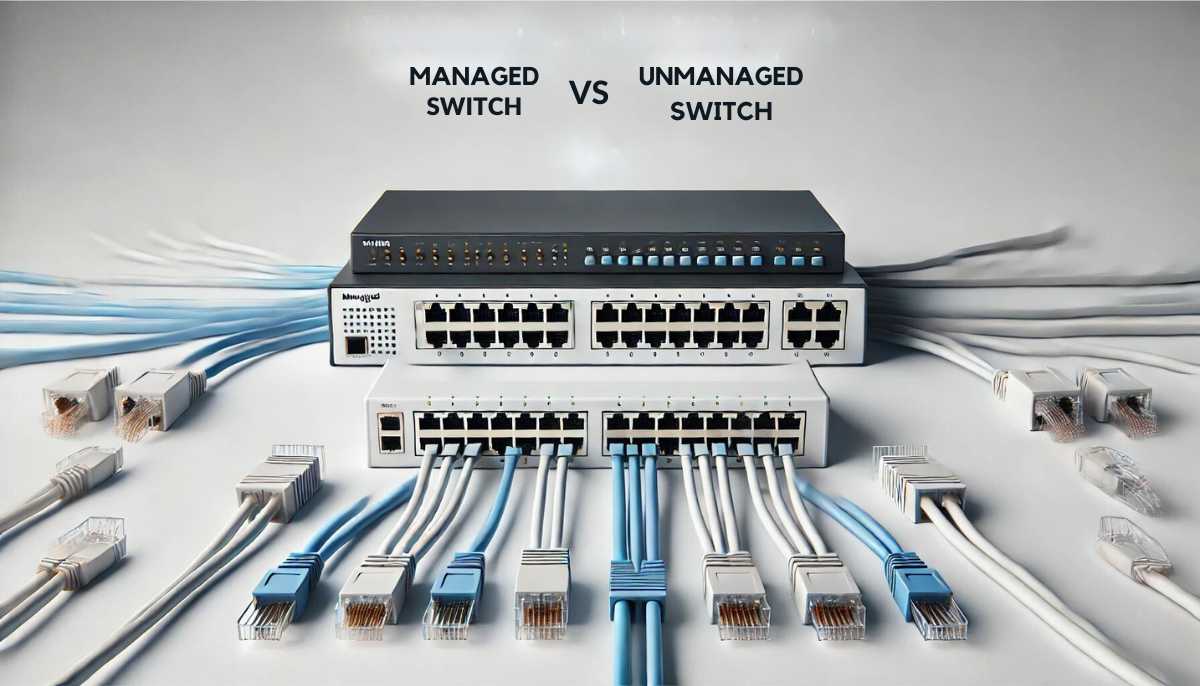




 (800) 870-9487
(800) 870-9487